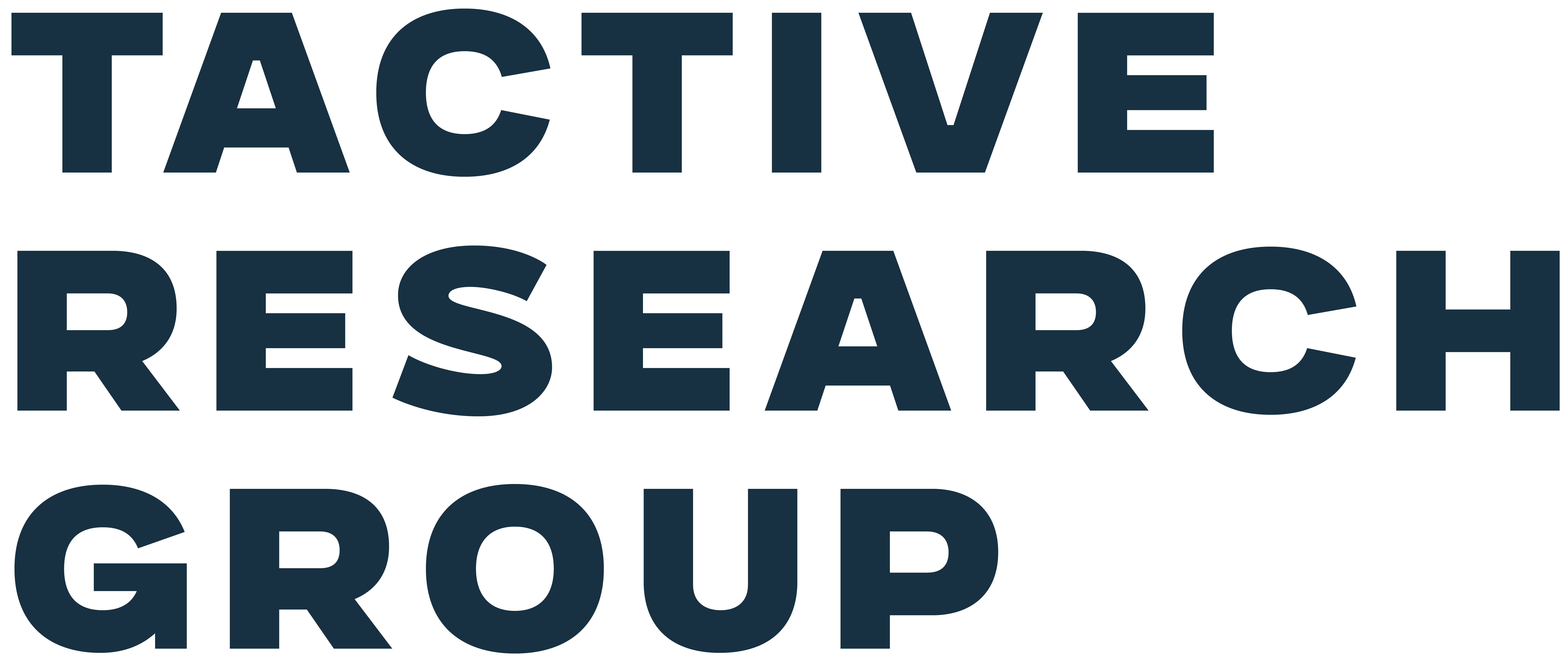Quick Take
Centralized identity systems are increasingly untenable in the face of rising data breaches, user friction, and compliance risk. Tech leaders should begin evaluating Self-Sovereign Identity (SSI) systems as a future-forward way to modernize KYC processes, improve user trust, and comply with evolving regulations like eIDAS 2.0.
Why You Should Care
Self-Sovereign Identity (SSI) is reshaping how organizations manage digital identities, especially in sectors with rigorous KYC mandates. Unlike traditional methods that rely on centralized databases and repetitive document checks, SSI allows individuals to own and control their digital identity through verifiable credentials. These are issued by trusted authorities (e.g., governments, universities) and selectively disclosed to verifiers (e.g., banks, employers), often via simple interactions like QR code scans.
This decentralized model reduces attack surfaces and supports privacy-enhancing technologies like zero-knowledge proofs, enabling users to validate facts (e.g., age or residency) without revealing full documents. The benefits extend beyond security: onboarding becomes faster, user frustration declines, and compliance improves thanks to tamper-evident audit trails. Moreover, integrating SSI with existing KYC workflows can significantly lower costs tied to manual verification, storage, and rework from outdated data.
With the EU pushing ahead with its eIDAS 2.0 regulation and the Digital Identity Wallet by 2026, early exploration of SSI is no longer optional for global organizations seeking to stay compliant, competitive, and customer-friendly.
What You Should Do Next
Audit your current KYC systems and evaluate where SSI integration could streamline and secure onboarding.
Get Started
- Launch a stakeholder readiness assessment to understand current KYC pain points and SSI integration feasibility.
- Engage with EU and global regulatory developments around digital identity, especially if you operate in or with European markets.
- Experiment with SSI proofs of concept focused on low-risk use cases like internal HR onboarding or contractor access control.
- Allocate budget and time for cross-functional training on decentralized identity standards and toolkits.
- Track regulations. Monitor eIDAS 2.0 and similar frameworks shaping SSI adoption timelines.
- Educate stakeholders. Run workshops or webinars on the strategic implications of SSI.

